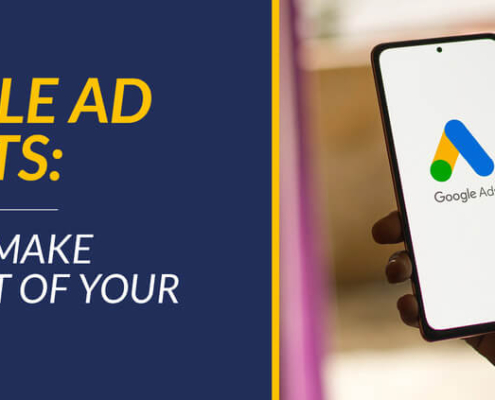
Google Ad Grants: How to Make The Most of Your Free Ads
Imagine having $10,000 each month to get your nonprofit in front…
Identifying & Tracking In-Kind Donations for Nonprofits
In-kind donations can be a game-changer for nonprofits. Whether…

Matching Gift Reviews: Insights From Leading Nonprofits
Matching gifts are one of the most powerful—yet often underutilized—fundraising…